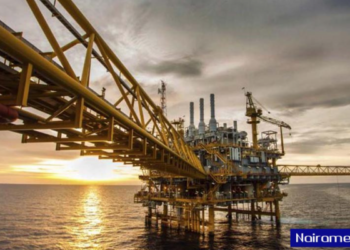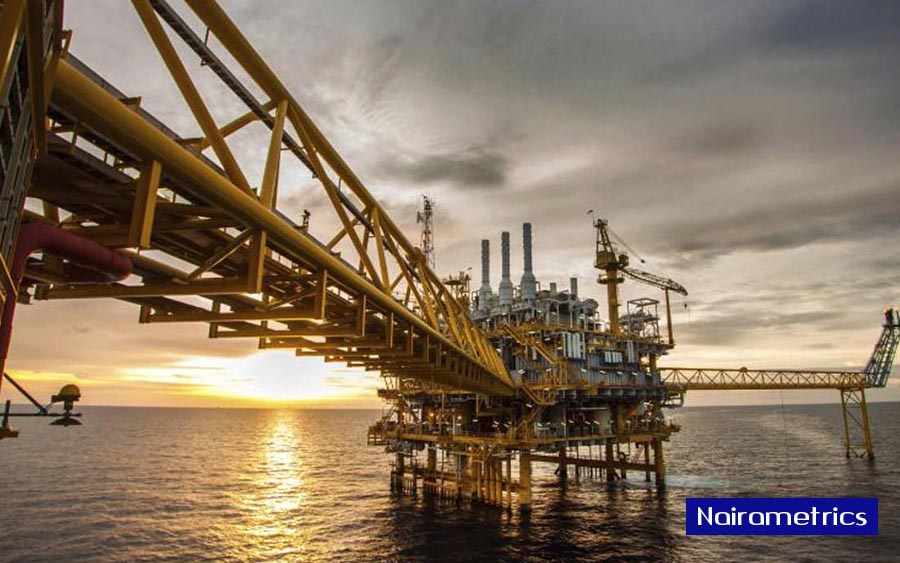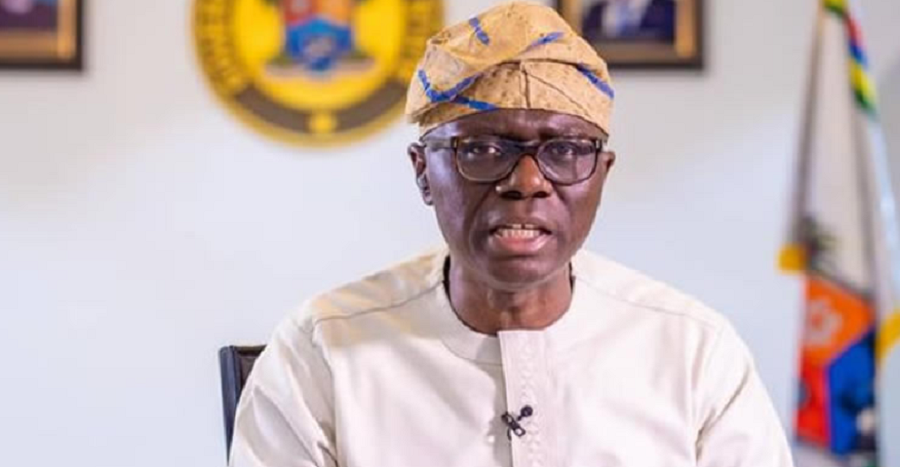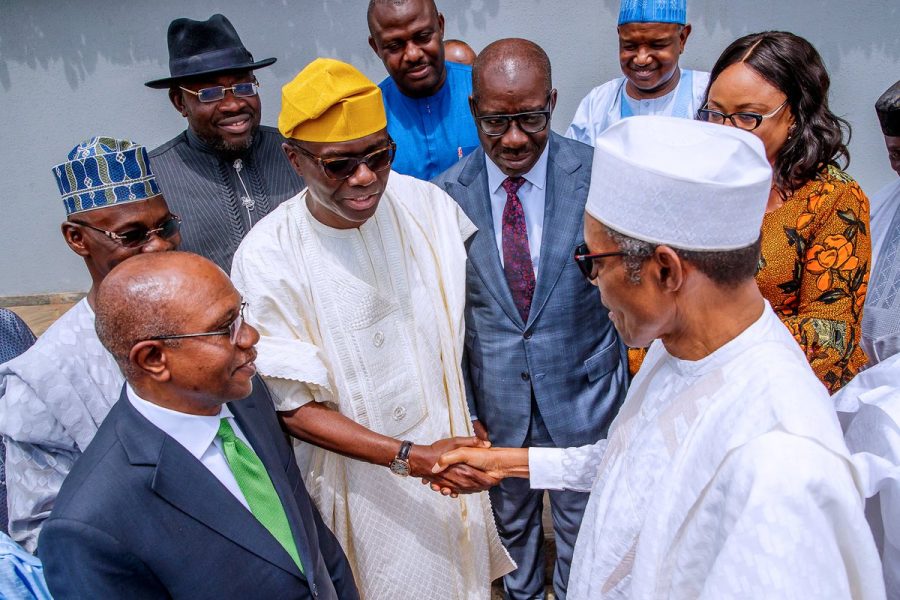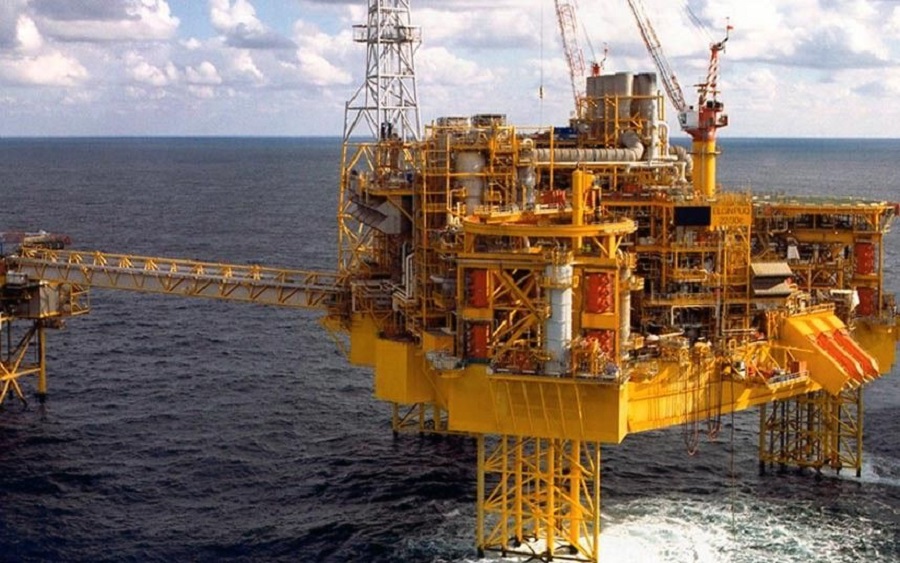The first half of the year is gone and states, most of whom depend on statutory allocation from the top, had some form of relief following a horrendous 2016 which saw the amount available for sharing plummet rapidly due to concurrent issues surrounding foreign exchange, oil price slump and militancy in the Niger Delta. This year has seen slight to vast improvements on those fronts enabling states to access more money in H1 2017. Based on this, however, who got the highest net statuary allocation in H1 2017?
Lagos State

The commercial nerve point of the country got N39.61 billion following its inclusion among the oil-producing states, hence its entitlement to the 13% derivation allocation. Despite the fact that the state has the highest Internally Generated Revenue, it comes in at 5th on this list. It’s 13.71 billion (or 34.6% of its net allocation) deductions did not help matters as it followed the high level of deductions observed in the South Western states.
Delta State

With a little over than N2 billion on top of Lagos’ allocation, the oil production state also suffered from high deductions, shelling out N14.21 billion as deductions. This represents 34.6% of its N14.66 billion net statuary allocation in H1 2017
Bayelsa State

Home to former President Goodluck Jonathan, Bayelsa State continued the dominance of oil-producing states on this list by coming in third with N46.59 billion received as statuary allocation in H1 2017. This figure could have been as high as N55.6 billion if not for the N8.99 billion deductions made.
Rivers State

Governor Wike cannot say the APC dominated Federal Government has been unfair to his state in terms of statuary allocation in H1 2017 with the state raking in N53.5 billion or an average of about N9 billion Naira monthly for H1 2017. This excludes the about N10.35 billion removed as deductions.
Akwa Ibom

The South-South’s dominance is completed with Akwa Ibom’s clinching the top spot. Collecting about N68.9 billion as statuary allocations in H1 2017. Its case was certainly helped by having the least deductions among the top 5 with just N6.5 billion. However, not even with deductions added to their net allocations could any of the states match up with Akwa Ibom.


